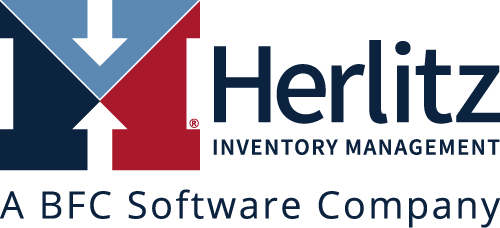What is Demand Forecasting?
Demand forecasting is a vital activity for wholesale and retail purchasing teams. It helps ensure they will have adequate inventory available to meet future demand and avoid stockouts.
Demand forecasting is a process that helps retailers and wholesalers predict future consumer demand. There are various forecasting methods available, many of which have been used since the early days of modern retail. Most buyers start by analyzing historical sales data. They focus on data from a specific period and gather insights that can help predict future sales.
Forecasting inventory is simple in theory, but difficult in practice. Demand is very difficult to accurately predict without the proper tools. Purchasing and inventory management systems help buyers create more accurate forecasts. Most demand planning solutions offer standard functions, but the results they deliver vary widely.
The best inventory management systems have a proven track record. They can reliably predict future demand and ensure the right amount of inventory is available. Here are three common forecasting issues and solutions that inventory management systems can offer.
1. Future Sales are Difficult to Predict
Demand planners and buyers need to maintain correct stock levels. To do so, they need to predict future demand for every SKU, every location, and for every day shoppers may buy. The ripple effect of a good forecast is significant as it is a building block for so much else. For example, in order to have the right reorder points for each SKU, buyers need accurate demand forecasts. This helps drive not just how much but also WHEN items should be replenished.
Simply looking at historical data for demand planning leads to inaccurate results because consumer behavior fluctuates. What is popular today may not stay popular tomorrow. Over 12 months, demand can vary wildly for some products and remain consistent for others.
As a result, demand forecasts can end up being too high or too low. If the inventory is too low, you risk missing sales opportunities and running out of inventory. If it’s too high, your costs will be higher as a result.
Solution
Buyers need to leverage purchasing solutions that assist with stock replenishment and demand forecasting. Otherwise, inventory decisions are based on mutable data which could result in stockouts, missed sales, and higher costs.
2. Rigid Supply Chain Dependencies Cause Disruptions
A global pandemic, a war in Europe, and other economic factors have created worldwide supply shortages. As a result, vendors are shipping late or are sending incomplete orders. This challenge compounds throughout the supply chain.
Wholesale and retail buyers are forced to ship what was received and wait for full orders to arrive and rush to fulfill them.
Excess inventory increases your costs and negatively impacts customer service levels.
Solution
While there isn’t an immediate solution to the global supply chain problem, there are ways buyers can create greater flexibility. For instance, an advanced inventory management system, like HIMPACT®, offers Advanced Shipping Notices (ASN) for its users. In the last year, many current HIMPACT® users reached out asking if HIMPACT® could add support for ASN. So we did!
ASN helps keep track of incoming shipments so buyers can manage inventory levels more effectively. ASN notifies buyers if any SKUs will be missing days before a PO arrives. This enables buyers to pivot and source the missing SKUs from other vendors instead.
Now is an especially good time to lean on your suppliers to provide ASN support, especially if they are not shipping what you are ordering. Perhaps as a form of compensation, the least they can do is devote some IT resources to giving you a heads up via ASN.
3. Outdated Purchasing Solutions
Buyers play a vital role in the success of a business. They should be armed with accurate data and technology that helps eliminate the potential for user errors in purchasing. However, many purchasing teams never receive an updated system.
The Herlitz Inventory Management team has been asking this question for years:
“Why is the purchasing team the last to get a new solution?”
The purchasing department controls inventory, which is the most important asset of any wholesale or retailer operation. Yet so many teams are stuck using clunky, antiquated systems or in-house solutions run on spreadsheets.
The problem with older technology or in-house options is they use outdated or incomplete data to create forecasts. If backward-looking, faulty data is being used, the demand forecasts will be inaccurate. This results in even more missed sales opportunities, a greater potential for stockouts, and missed service goals.
Solution
Instead of relying on inferior methods, buyers need to harness the power of inventory replenishment and DC replenishment systems. Advanced replenishment software takes many important factors into account when creating replenishment orders. HIMPACT® creates daily orders by integrating them into your existing logistical and promotional tools.
This provides insight into the most important vendor constraints and possibilities. It helps improve customer service while lowering inventory levels. It also enables buyers to gain greater insights than they could get from other tools alone.
Solving Demand Forecasting
Solving demand forecasting challenges is made possible by leveraging modern technology. However, the nature of demand planning is there will always be new challenges. You can position your business for success by selecting a demand planning solution that is scalable, adaptable, and tailored to your specific needs. Further, look for a demand planning solution provider who knows the pulse of supply chain buyers, and anticipates their future needs.

